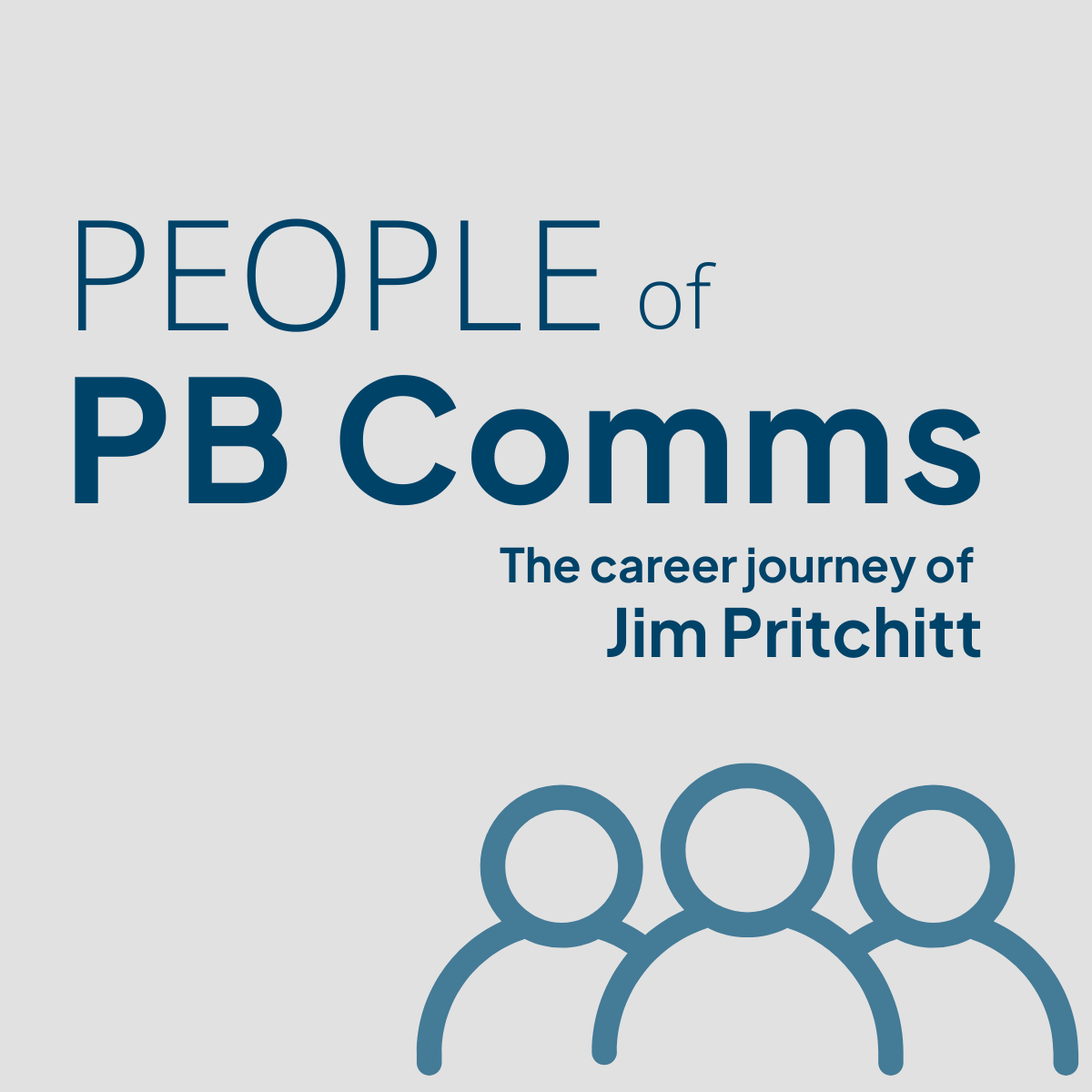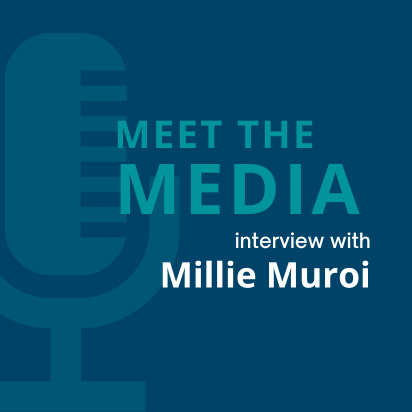Many people seem to accept whatever they see on social media as being true, without any questions at all – especially if it chimes with their own values. They happily share or forward it on to others as being interesting, or proof of their beliefs, without further thought.
It is largely because recipients don’t bother checking the accuracy of what they see on social media or in emails that fake news has been so effective, with outright lies accepted as the truth.
It’s an issue that has never been more relevant, in light of the US elections and subsequent actions.
The US-based Institute for Public Relations (IPR) recently published a guide “Help Stop The Spread Of Disinformation” to encourage people to find out more about information they receive on social media before they forward it to others.
It includes a 10 Point Checklist “Think before you link”.
It suggests we should find out how accurate information is and what its source is, raising questions like: Can it be trusted and is it biased? How current is the information?
Another question recipients should ask is who originated the information and what was their motivation? Is it being circulated to make mischief or to support political or even racist or sexist beliefs?
We’ve found that when we do check suspect information we receive through various fact-checking sites such as Snopes.com, it is often based on material that is outdated or has already been discredited or the originator has no credibility. But once it’s on the internet it’s there for ever.
Increasingly, opinion is being presented as fact on social media. It only takes a few moments for an online search to check accuracy of posts and circulars, and we applaud the IPR for attacking the problem and promoting simple steps that can be taken to help differentiate between fact and fiction.
We encourage everyone who shares our concerns about the growth and acceptance of fake news and untruths, to promote the IPR guide amongst their friends and associates. And to check “news” and other information they receive to make sure it is factual and from a reliable source.
It’s a bit like the environment. The best way to reduce rubbish is to stop its production, we should recycle only what is reusable, and everything else needs to be binned.



















